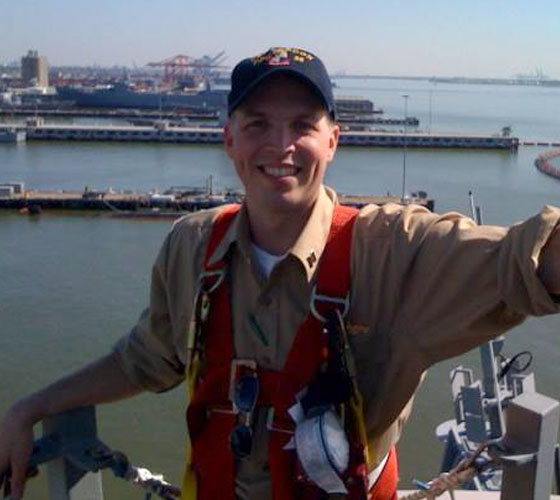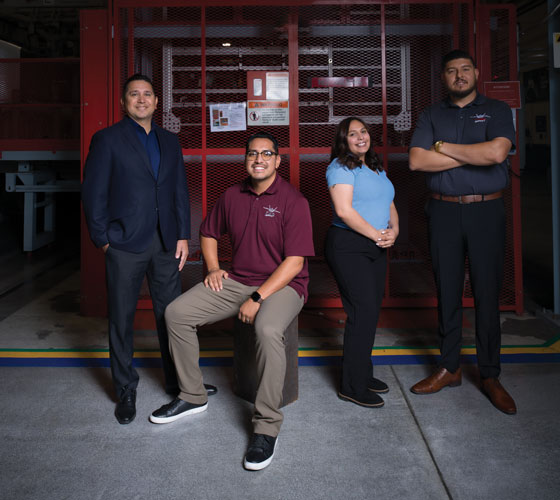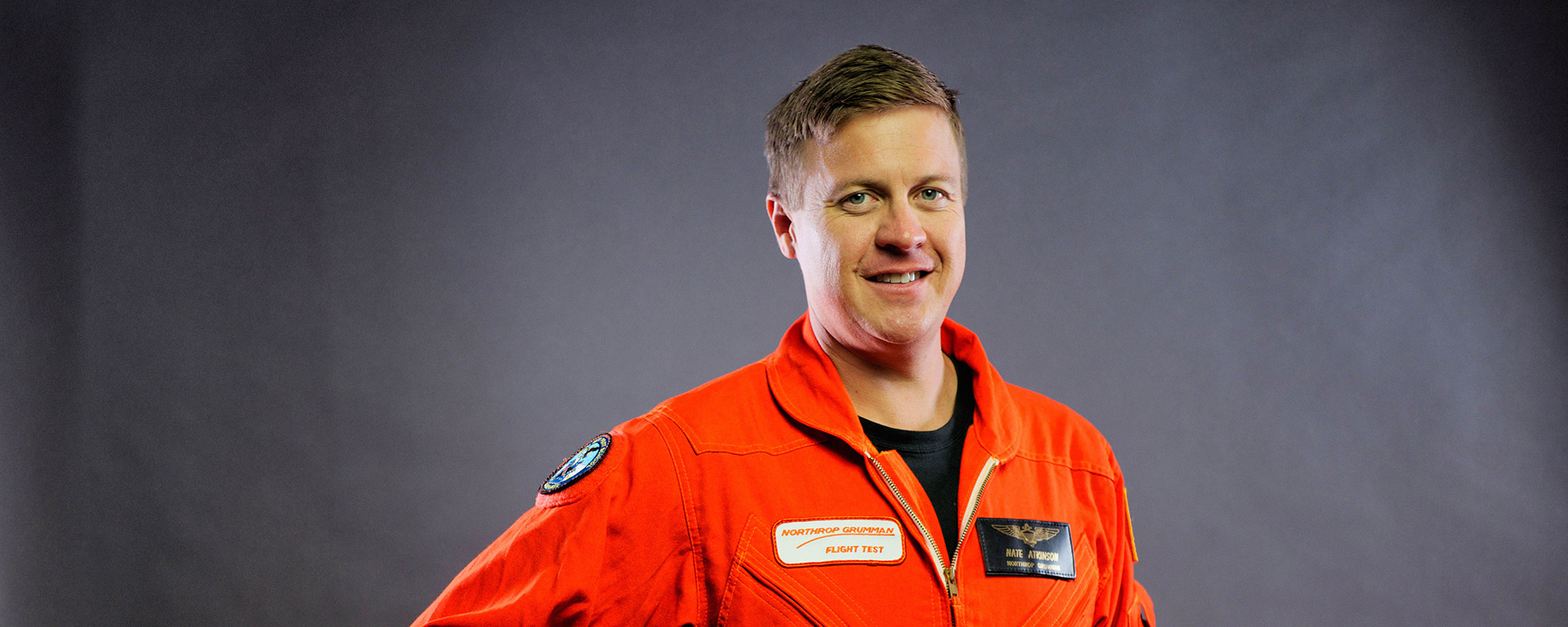A U.S. Army veteran turned Northrop Grumman leader, Gabe works to deliver life-saving technologies to protect those in the field.
Architecting Your Own Future
Mission architects fulfill a visionary role at Northrop Grumman.

Mission architects fulfill a visionary role at Northrop Grumman, developing solutions to disrupt future technology. They bring an unparalleled set of skills, from being a holistic thinker to a jack of all trades.
As a mission architect, John has carved his own path to being the outside-the-box thinker who innovates solutions before the customer knows they need them. That twist of creativity means looking beyond current requirements to imagine what could come next, connecting ideas in new ways to shape the future of technology for the U.S. Navy and U.S. Marine Corps.
Doing Your Research
John focuses on defining solutions for maritime customers with surface warfare missions. He’s spent his entire career doing this, but not always at Northrop Grumman.
Previously, he was an officer in the U.S. Navy and worked for the Secretary of the Navy and at the Missile Defense Agency. In those roles, he actively sought work where he was figuring out requirements, funding research and getting the Department of Defense ready for new technology.
“This type of role is incredibly unique — most officers in the Navy go into program management,” John said. “But I like solving engineering problems, thinking through the way things work.”
Although those parts of his career ended up being the backbone of his knowledge for this role, he still researches every day. Whether it’s reading mission plans and requirements documents, meeting with program offices or calling up old colleagues in the Navy, John is continuously learning and soaking in information. This information gives him a holistic view of what the Navy and Marine Corps need for a surface warfare mission.

Creating Roadmaps
After researching, mission architects create roadmaps to plan for the future of their technology areas. John has a half-dozen roadmaps to map out the future of navigation, power and control, uncrewed surface vehicles and more.
There are a few ways to do this. Sometimes, he’ll know that a contract is ending, which means the customer will want something new. John brainstorms what we could change and potential areas to invest in.
He also analyzes wargames and operational concepts, asking questions like: “What tactics do these simulations prove out?” and “How will the Surface Navy need to evolve?”
With this information, John can draft a plan for what the U.S. Navy and U.S. Marine Corps will need, sometimes before they even know they need it. For example, the Navy currently uses Global Positioning System (GPS) and inertial systems for navigation. GPS tracks position with satellite connectivity, which makes it accurate, but could be blocked or disrupted. Inertial navigation, while always available, can drift over time and require recalibration. John researches ways to combine the best of both worlds — something accurate, with long tracking duration, that can’t be jammed by adversaries.
Asking the Right Questions
Once he has a draft plan, John can start getting feedback. Asking the right questions to his mission architect team, the program, engineers, government affairs and sometimes contacts from previous jobs, can be critical.
Through this process, mission architects can gain valuable insight into whether a solution will work, before the company invests too much time or money in the capability.
“You get used to ideas being rejected — they are outside the box,” said John. “Some ideas can be beyond the technology, outside the program scope, involve too much engineering, be too expensive or too specific or not useful at the time.”
But thinking bigger and coming up with innovative ideas can help find new ideas that will work. Mission architects, like John, anticipate change in the technology landscape to meet the critical missions of our customers.
John is grateful that his unique career path has been going to plan too.
“I was lucky to go where I wanted, and it’s easy to love your job and be positive when you’re lucky,” John said.
Life at Northrop Grumman
Your work at Northrop Grumman makes a difference. Whether you want to design next-generation aircraft, harness digital technologies or build spacecraft that will return humanity to the moon, you’ll contribute to technology that’s transforming the world. Check out our career opportunities to see how you can help define possible.


